Growing AAC Professionals: AAC Awareness Month
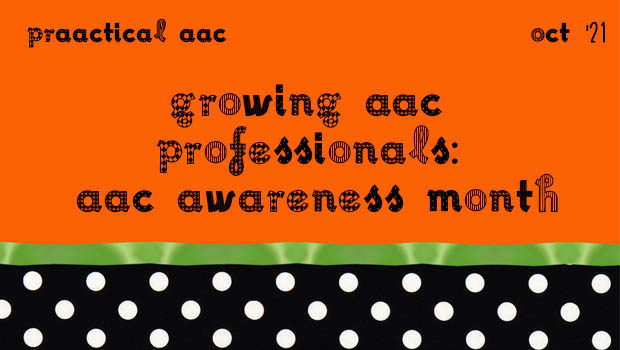
Preparing graduate students to become effective clinicians for individuals with complex communication needs goes beyond classroom and clinical experiences. Future clinicians also have to learn how to advocate: for their client, for themselves, for their profession, and for the AAC field. Today, Clinical Associate Professor and SLP Krista Davidson, returns to share more about the teaching pre-professionals in the Communication Sciences and Disorders program at the University of Iowa about AAC Awareness Month.
Growing AAC Professionals: AAC Awareness Month
I love October! Not only is autumn my favorite season, but it’s also the month we celebrate AAC (although if you’re reading this, and you’re like me, you probably celebrate AAC all year long). Each October I ask my clinical team of students to complete a project in honor of AAC Awareness Month. In the past, they have created educational videos, infographics to share around our building and on social media, and even an AAC training module for hospital volunteers. These are not graded assignments, but a chance to apply what they have learned in a fun and creative way while also spreading awareness through an act of service. I offer them a few examples and suggestions but then let them take the reins together. This year I wanted to spread my team’s project a little further. They have designed shareable materials that you can use too! Below you will find their brief explanations and materials.
Trick-or-Treating Communication Boards
To help make trick-or-treating more accessible for everyone, we made Halloween-themed activity-based communication boards. They include a variety of core and fringe vocabulary words as well as phrases one may need while trick-or-treating, such as, ‘costume,’ ‘candy,’ ‘boo!’ and the all-important, ‘trick-or-treat.’ We laminated the boards to protect from rain or sticky fingers and attached them to lanyards so that children can wear them around their necks while out. They can also be used by adults handing out candy by taping them next to their front door for children to use. We made two signs to go next to the boards on the table in our waiting room to provide an explanation for people passing through. One sign is directed toward adults to explain that they can take a board and put it outside their house for trick-or-treaters in need. The other is directed toward children and their families who may need to use AAC while trick-or-treating.
To accompany the AAC boards, we made various cards for children to take with them when trick-or-treating. We made a few different versions to better fit each individual child/family. The wording for the signs was created for individuals who want to explain what AAC is, request that they need more time to communicate or to use the card as their way of saying trick-or-treat instead of using a board or another modality. We created two sizes for each version as well, to better accommodate any vision or motor difficulties. One is about the size of a postcard and the other is the size of a business card.
Trick or Treat Communication Board
Small Sign and Large Sign
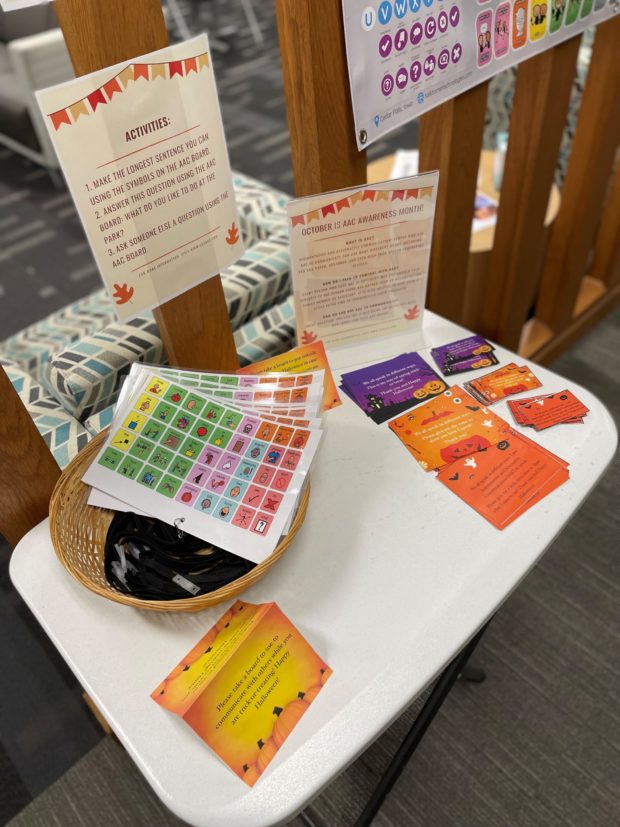
Lobby Banner Activity and AAC Information
Since our classroom building is also a speech and hearing clinic, we have many students, clients, and families visiting our lobby and waiting room areas. With this in mind, we had the idea to raise AAC awareness by hanging a large AAC board in our lobby. It really is an attention-getter! Nearby we hung printed information about AAC and added an activity:
- Make the longest sentence you can using the symbols on the AAC board.
- Answer this question using the AAC board: What do you like to do at the park?
- Ask someone else a question using the AAC board.
Our intention behind combining information with an activity is to give people the opportunity to experience using a communication board themselves. Our hope is that a greater understanding and ability to empathize will occur as people take the time to learn about and appreciate AAC as a valid and valuable form of communication.
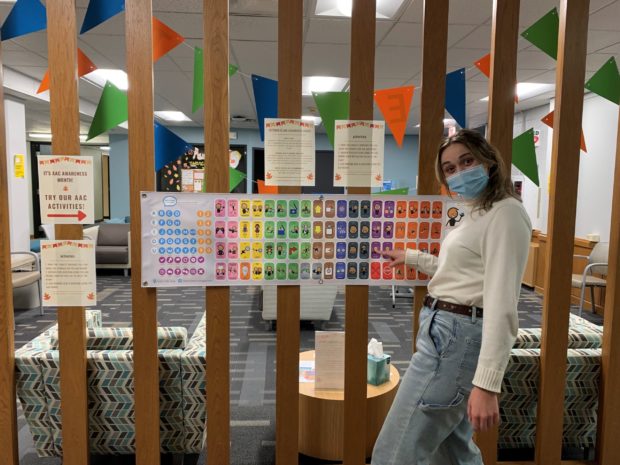
Social Media Posts and Myth vs. Fact Sheet
For the month of AAC Awareness, we wrote posts for both Facebook and Instagram to debunk AAC myths that negatively affect AAC users. The posts highlighted October as AAC Awareness Month and outlined what AAC entails. You could “Swipe to learn more about AAC,” including its ASHA-certified definition, information about the diverse populations who use AAC, all that is included under the term AAC, and the wide array of types of AAC available from low-tech to high-tech. We made a myth versus fact sheet to clarify the reality and the possibilities of AAC.
Click on the images below for a downloadable file.
Awareness Buttons
To further advocate for our clients and aid our clients in advocating for themselves, we designed AAC buttons that both AAC users and those who support them can wear. We created 3 different designs, reading, “I use AAC,” “AAC User,” or “Ask Me About AAC.” These buttons can be worn on backpacks, shirts, hats, and more in an effort to spread awareness and acceptance of AAC. By collaborating with our NSSLHA chapter here at Iowa we were able to provide buttons to our AAC users and their families and friends at no cost. The buttons (along with stickers and magnets) were also uploaded to our NSSLHA chapter’s merchandise website, Redbubble, where they are available for purchase to anyone with the link to this website. We plan to donate any profits to the United States Society for AAC.
https://www.redbubble.com/people/MaddieJMonahan/explore?page=1&sortOrder=recent
We hope these ideas and resources help you to spread AAC awareness and acceptance this month and all year long!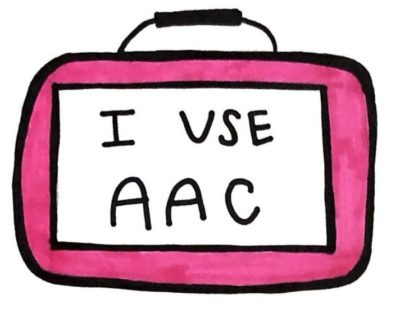
About the Guest Authors
Krista Davidson is a clinical associate professor in the Department of Communication Sciences and Disorders at The University of Iowa. She can be reached at krista-davidson@uiowa.edu
Brianna Brodeur, Katie Gardner, Stephanie Garoufalis, Hanna Henderson, Kristen Hyland, Lexi Keegan, Emma Landsom, and Maggie McGrath are graduate clinicians and MA students in the Department of Communication Sciences and Disorders at The University of Iowa.
Filed under: Featured Posts, PrAACtical Thinking
This post was written by Carole Zangari
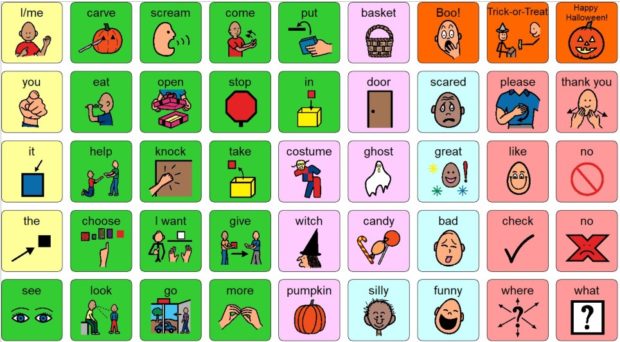
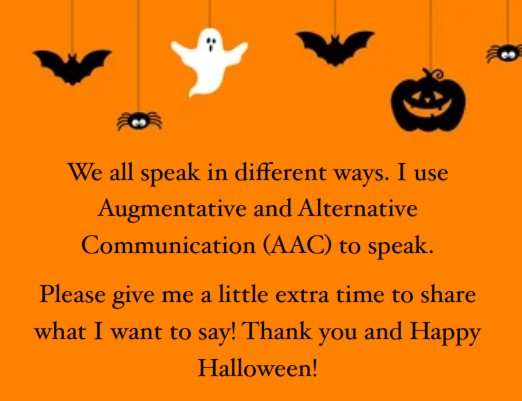

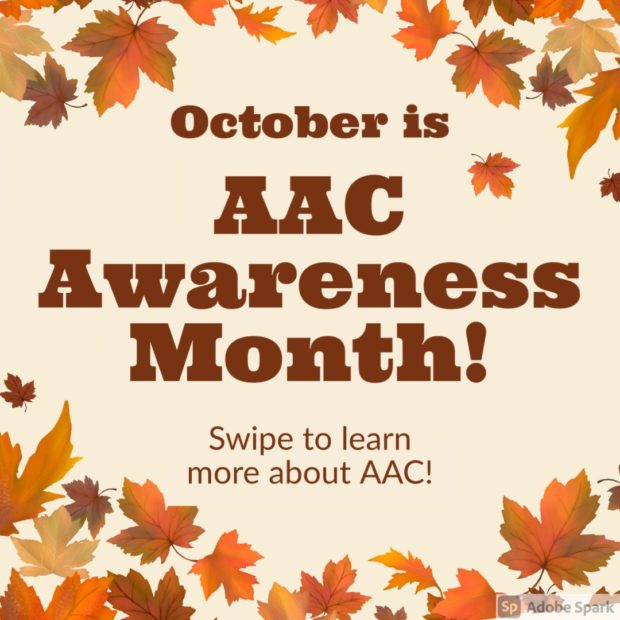
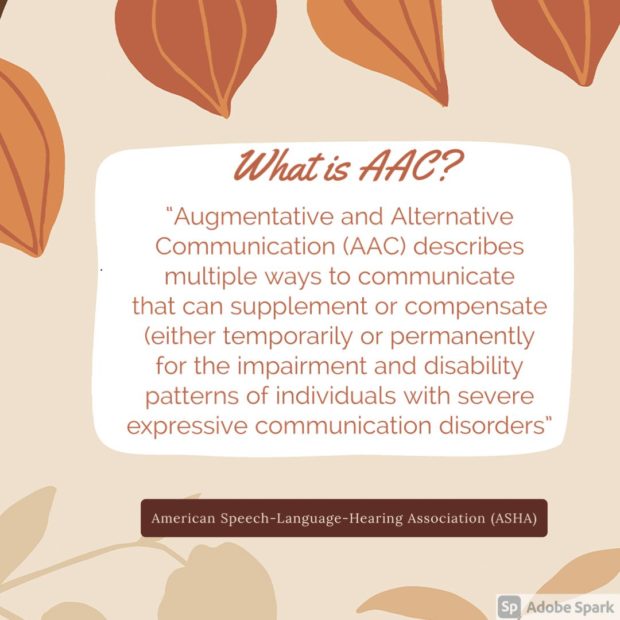
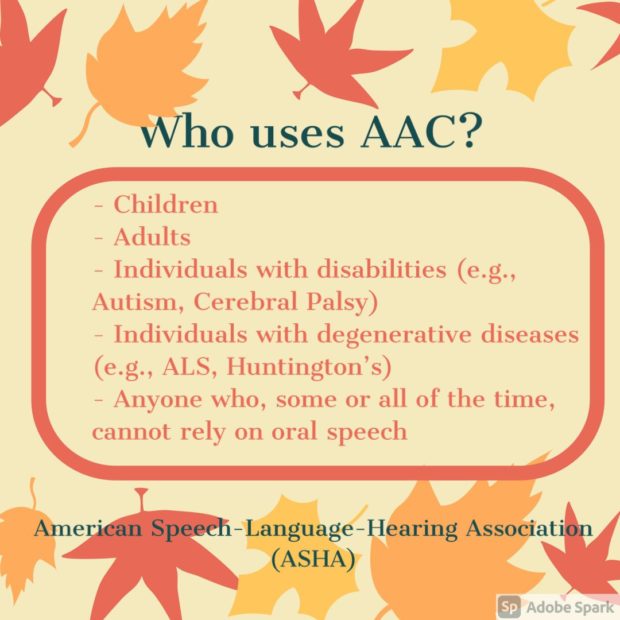
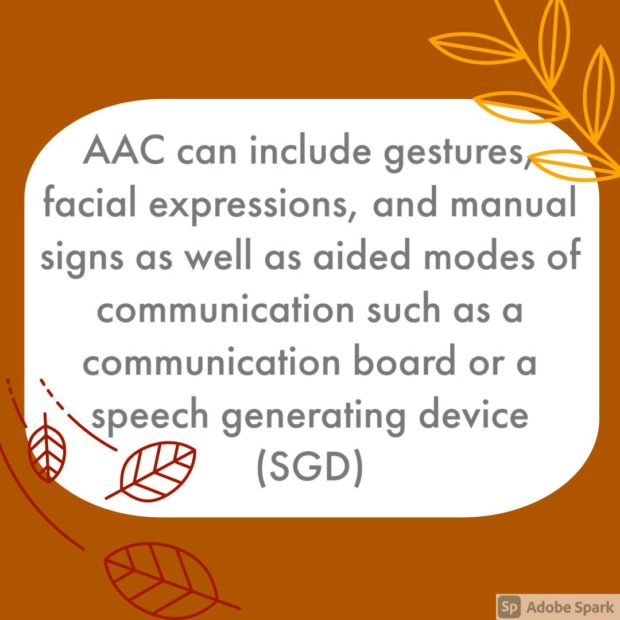
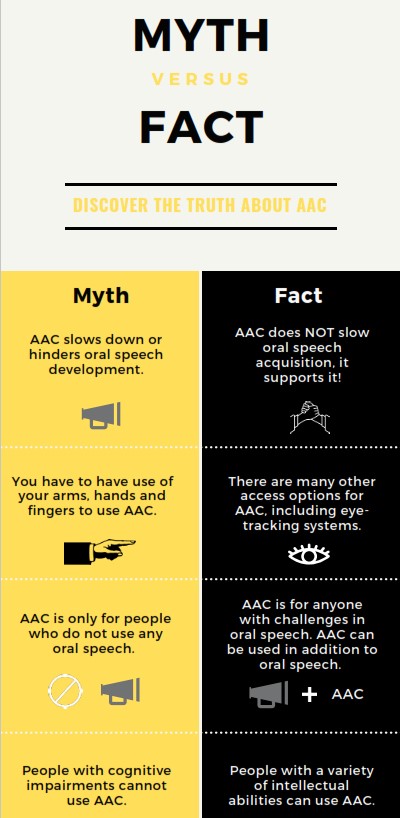
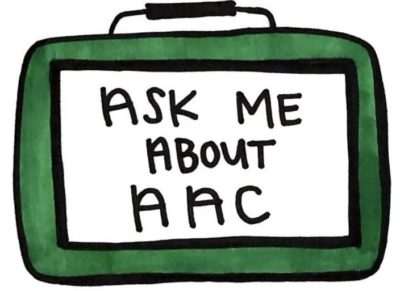

1 Comment
Can you share a printable lobby banner?